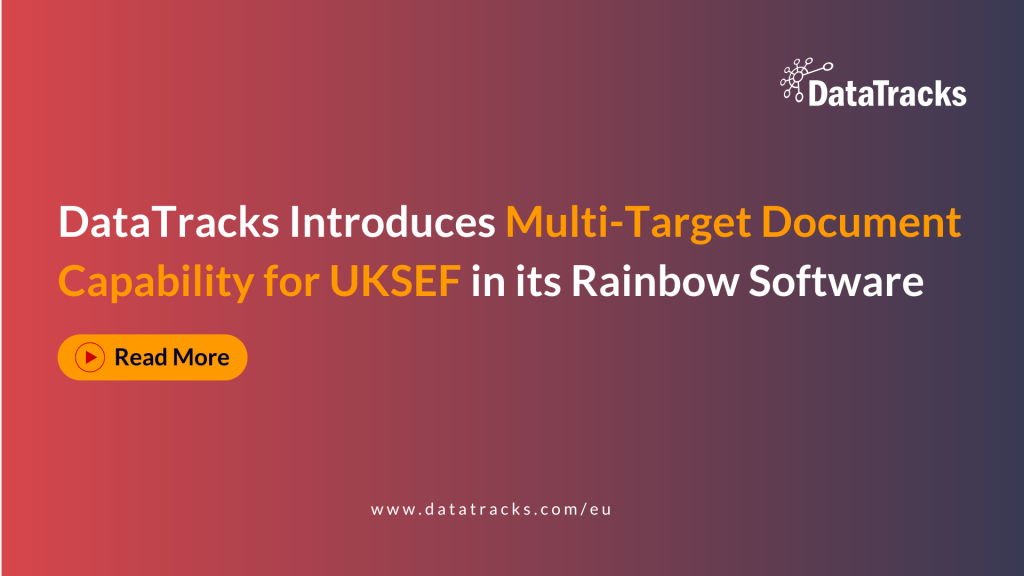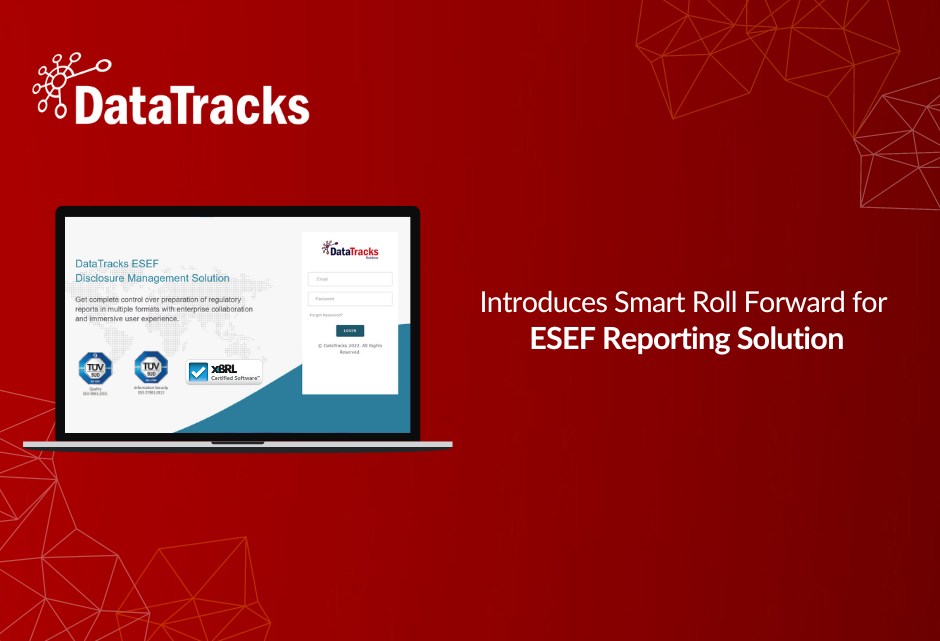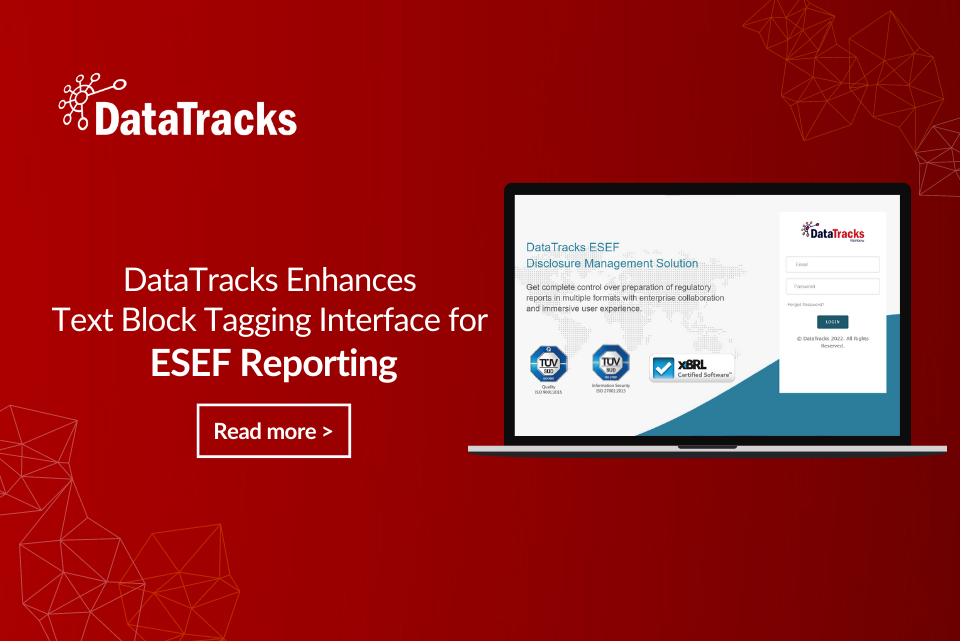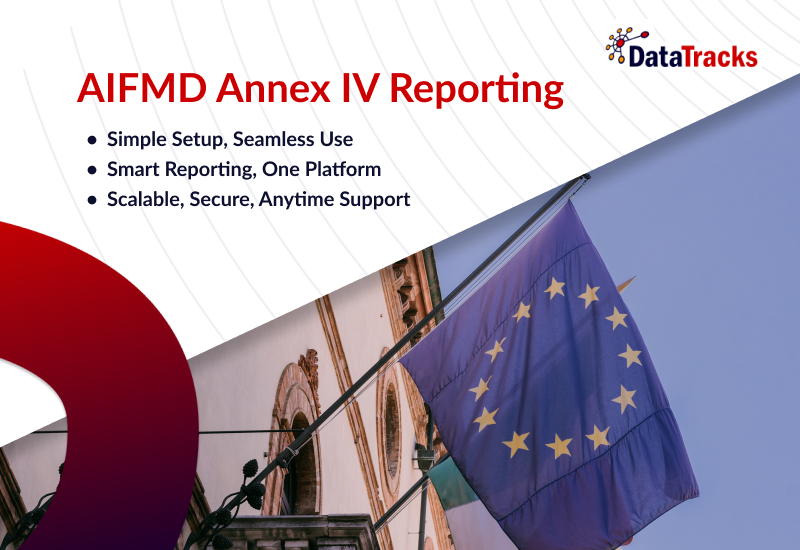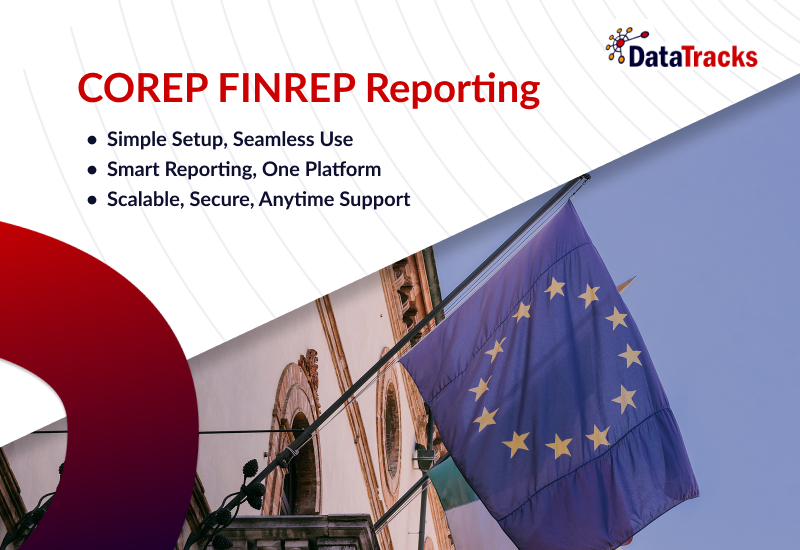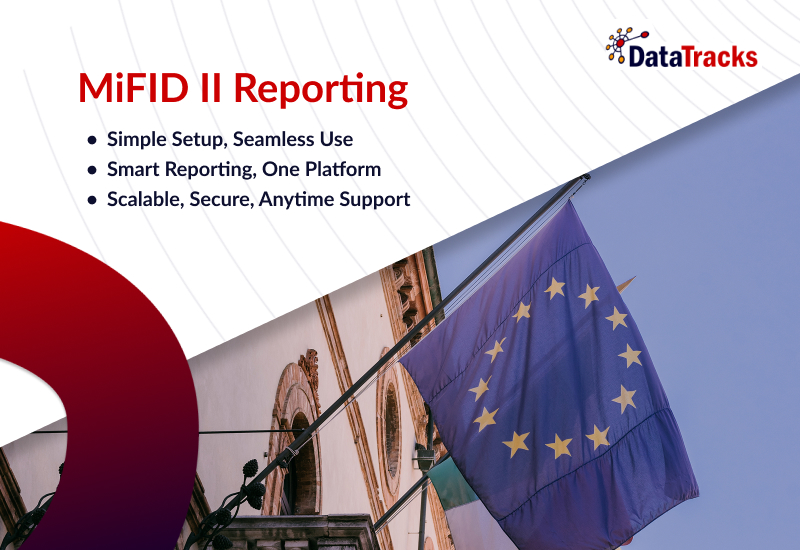DataTracks Glacier for MiFID II Reporting
DataTracks Glacier for MiFID II Reporting
The MiFID II Mandate
In 2018, the European Securities and Markets Authority (ESMA), which is the responsible supervisory authority, launched the reform of MiFID II, with a broader scope in terms of transparency, instruments and coverage, for investment and trading firms. The primary goal behind the introduction of this transaction reporting system was to protect the investors and strengthen both the regulatory and the compliance industries.
Even before the implementation of MiFID II, the MiFID regulation was in force in the European Union as of November 2007. The MiFID regulation is considered a cornerstone of the EU regulations.
In October 2011, the European Commission adopted a legislative proposal for the revision of the MiFID. After more than two years of debate, the Directive on Markets in Financial Instruments repealed the Directive 2004/39/EC and the regulation on markets in financial instruments was adopted by the Council of the European Union and the European Parliament, and was published in the official EU Journal on 12 June 2014.
MiFID II Transaction Reporting
The new MiFID II and MiFIR ensure fairer, safer and more efficient markets and facilitate greater transparency for all eligible firms. The mandate includes new reporting requirements and tests which will increase the amount of information available and reduce the use of dark pools and OTC Trading.
Under the MiFID II, Eligible firms are required to report on nearly all instruments traded on regulated markets, Multilateral Trading Facilities (MTFs), Organised Trading Facilities (OTF) and financial instruments, which creates the need for a dedicated MiFID reporting solution for quality, error-free reporting of these transactions.
When MiFID II Reports be filed?
The submission of MiFID II reporting is on a T+1 basis, which means that reports are to be sent before end of the day following the transaction day.
DataTracks Glacier
Our advanced cloud-based solution is designed to streamline regulatory reporting in complex formats such as XBRL and XBRL-CSV. Built to support multiple global regulations, the platform ensures that your filings meet the exact requirements of local regulatory authorities quickly, accurately, and without hassle.
Why Choose Our Solution?
- Cloud-Based Platform: Access from anywhere, anytime
- End-to-End Automation: Minimise manual work, maximise efficiency
- Excel Upload: Simple and familiar input method
- Built-In Validation: Spot errors early with smart checks
- Jurisdiction-Specific Output: Tailored for local regulatory bodies
- XBRL & XBRL-CSV Output: Generate validated reports with ease
- Auto Taxonomy Updates: Stay compliant without manual updates
- Up-to-Date Validation Rules: Always aligned with regulatory changes
- Multi-User Access: Collaborate across teams
- Role-Based Permissions: Assign reviewer and preparer roles
- Lightweight & Fast: Designed for performance and speed
- Dedicated Product Support: Expert help when you need it
Challenges in MiFID II reporting
Daily Reporting
MiFID II requires financial firms to share information regarding all eligible trades in regulated markets within one day of the transaction day. With the significantly enhanced number of reporting fields (65 fields) to be populated in the report. This means that every qualifying transaction needs to be collated and kept ready for reporting by the end of the following day, which makes it extremely challenging for eligible firms to comply, unless they have a prompt solution.
Data Collation and Preparation
The solution should cover a broader set of trading and financial instruments. This is a tedious requirement to satisfy, as it requires collating data from multiple sources and preparation of the report on a daily basis. Also, the error reports from the regulator are in XML format, which is not user-friendly; preparation of the report is difficult, as it takes time to understand and resolve it.
Validation Check
Eligible firms are required to generate valid reports that adhere to and are compliant with various validation rules listed by the ESMA; if the transaction report contains validation errors, it will be rejected. Reporting entities have to ensure that their report passes Content and File Validation to ensure successful reporting.
How DataTracks helps
Agile and Adaptable Solution
The MiFID II solution offered by DataTracks is designed to adjust to the changing requirements of ESMA; keeping in mind the frequency (T+1) of transactions, it ensures that the application selected for MiFID II transaction reporting is user-friendly and compliant with the latest regulatory changes for quality reporting.
Pre-validation and Effortless Data Entry
The solution has incorporated all the ESMA validation rules, with control checks in place so that users get prompt error messages and a solution guide for in the case of errors. Country-specific validation, to ensure regional compliance, coupled with a flexible data entry system, let the user choose how they want to import their financial data and the volume of the data, as the solution can be scaled to accept large volumes of data.
Quality and Consistent Reports
Firms can manually enter the financial data or import it directly from the spreadsheet via the automated mapping functions, or by interfacing the solution directly with the underlying financial systems. And not just that! The easy review, comment and moderation options for financial reports that are available in the application, allow users to ensure consistency of filing and quality of the generated report.
Data Security
All customer data is hosted on a Tier 1 secure Cloud. Furthermore, the solutions offered by DataTracks are ISO certified. So you can rest assured: DataTracks conducts regular granular audits to ensure maximum security of data.
Featured Content
What is ESEF Reporting?
ESEF stands for European Single Electronic Format. It is a new reporting format for public companies in the European Union that requires them to publish their annual financial reports in a single, electronic format. ESEF is designed to improve the transparency and comparability of financial reporting across the EU.





